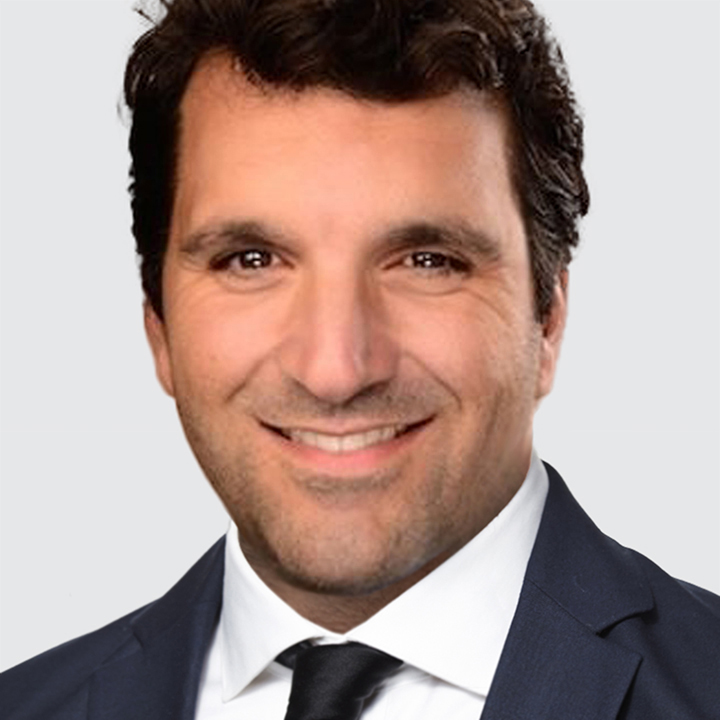US
US August nonfarm payrolls (NFP) takes center stage today (1:30pm London, 8:30am New York). Ahead of the numbers, USD is trading on the defensive against all major currencies, global equity markets are rallying, and bond yields continue to correct lower.
NFP gains in August are expected to be weak at 75k vs. 73k in July. Private sector payrolls, a better indication of the underlying momentum in the labor market, is also seen at 75k vs. 83k in July. The unemployment rate is expected to rise 0.1pts to 4.3% (the highest since October 2021) on an unchanged participation rate of 62.2% while average hourly earnings growth is projected at 0.3% m/m vs. 0.3% in July.
Risks to US employment are skewed to the downside. The Conference Board Consumer Confidence labor differential index, ADP employment, JOLTS job openings, and the ISM services/manufacturing employment indexes point to cooling labor demand. Interestingly, Fed Governor Christopher Waller estimates that, after accounting for the annual “benchmark” revisions to 2025 (the preliminary estimate is due September 9), private-sector employment actually shrank, on average, in May, June, and July instead of posting gains of 52k. Perhaps seeking to pre-empt a disappointing NFP, President Donald Trump cautioned yesterday that Americans should not expect to see the “real” strength of the labor market until next year.
A steeper pullback in labor demand could push the Fed to prioritize maximum employment over price stability within its dual mandate. That would weigh on USD and underpin the rally in risk assets as markets start to price-in odds for a 50bps Fed funds rate cut at the September 16-17 FOMC meeting. Conversely, an NFP print at or above expectations would strengthen the case for a gradual Fed easing cycle and offer USD near-term support.
CANADA
USD/CAD is trading near the middle of a one month 1.3720-1.3925 range. Canada’s August labor force survey is the domestic highlight (1:30pm London, 8:30am New York). The economy is expected to add just 5k jobs in August vs. -40.8k in July and the unemployment rate is forecast to rise to 7.0% vs. 6.9% in July.
Softening labor market conditions suggest there is scope for the swaps curve to price-in a greater probability of a 50bps BOC policy rate cut by year-end to 2.25%. If so, CAD underperformance will likely be clearer versus AUD than USD. The RBA is on track to ease more cautiously than the Fed and global economic activity is resilient.
UK
GBP/USD continues to recover from Tuesday’s slump triggered by the brief sell-off in long term gilt. UK retail sales growth overshot expectations in July. Total retail sales volumes rose 0.6% m/m (consensus: 0.2%) vs. 0.3% in June (revised down from 0.9% due correction to the retail sales back data). Excluding auto fuel, retail sales volumes increased 0.5% m/m (consensus: 0.3%) vs. 0.6% in June driven by non-store retailers and clothing stores sales.
Going forward, elevated household savings means spending activity will likely remain subdued. Unfortunately, the BOE has limited room to dial-up easing to support growth because UK services CPI inflation is stubbornly high at 5.0% y/y. Bottom line: elevated UK underlying inflation and a sluggish growth outlook spell trouble for GBP, especially versus EUR.
JAPAN
JPY ignored Japan’s July cash earnings data. Nominal cash earnings rose more than expected in July to a seven-month high at 4.1% y/y (consensus: 3.0%) vs. 3.1% in June, reflecting a jump in bonus payments. The less volatile scheduled pay growth for full-time workers was more subdued at 2.4% y/y (consensus: 2.5%) vs. 2.3% in June. Overall, Japan wage growth is not a source of significant inflation pressures given annual total factor productivity growth of about 0.7%.
Bottom line: the Bank of Japan is unlikely to raise the policy rate by more than is currently priced-in, limiting JPY upside. The swaps market implies 50% odds of a 25bps rate hike by year-end and a total of roughly 75bps of rate increases to 1.25% over the next three years. We expect USD/JPY to remain within a wide 142.00-150.00 range over the next few months.

